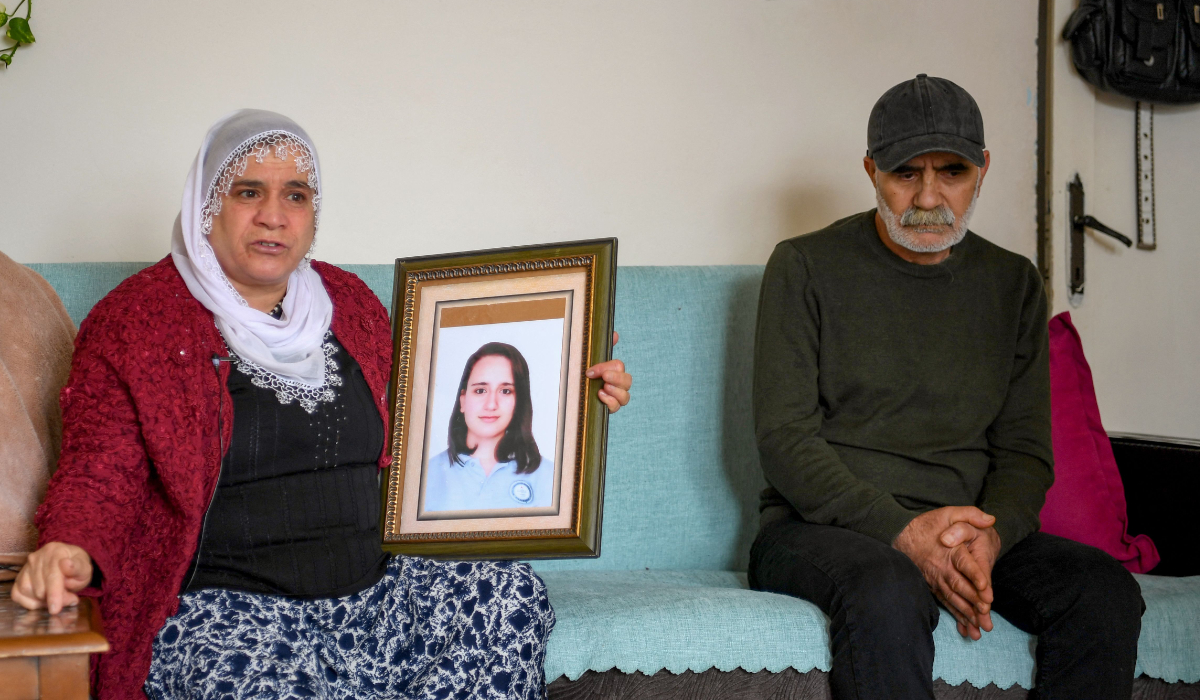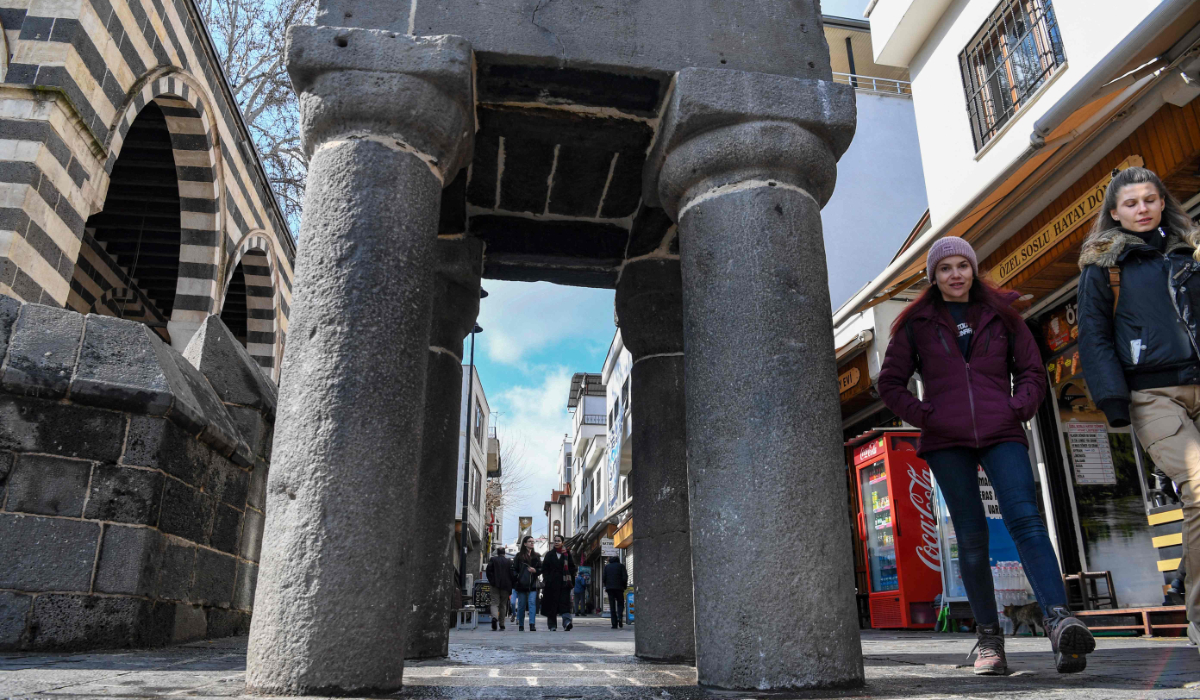AL-MUKALLA: Yemen’s Houthis promised Russia and China that their ships would not be targeted as they transited the Red Sea, a senior figure from the group said on Sunday, a day after it reportedly fired five missiles at a Chinese-owned oil tanker.
In an interview with Al-Masirah TV on Sunday, Mohammed Ali Al-Houthi, a member of the Supreme Political Council, said the Iran-backed militia called the Russian and Chinese embassies in Yemen and sent delegations to both countries to guarantee their ships’ safe passage.
“There are communications with the Russians and Chinese and they were reassured through their embassies and through the brothers who went there,” he said.
He did not say how Moscow or Beijing reacted to the guarantees or the missile strike on the Chinese ship.
Since November, the Houthis have seized a commercial ship and launched hundreds of drones, missiles and remotely operated boats against foreign commercial and navy vessels in the Red Sea, Bab Al-Mandab Strait and the Gulf of Aden.
They claim to target only vessels with links to or bound for Israel in a bid to pressure the country into allowing essential humanitarian aid, such as food and water, to enter the Gaza Strip.
The US Central Command said the Houthis on Saturday fired five ballistic missiles at M/V Huang Pu, a Chinese-owned and operated oil tanker sailing under the Panamanian flag, which caused only “minimal damage.” A fire was quickly extinguished and there were no injuries to the crew.
According to MarineTraffic, a website that provides information about ships’ positions and destinations, the Houthis targeted the tanker, which had set sail from Russia, despite it issuing a message that it had a Chinese owner and crew.
Despite reports by the US Central Command and international maritime agencies of attacks on ships, the Houthis’ military spokesperson Yahya Sarea has not appeared on the group’s media to claim credit for any strikes since March 19.
Al-Houthi dismissed the latest statement by the UN Security Council urging the Houthis to cease their attacks on ships and vowed to continue until Israel ended its blockade of Gaza.
“We don’t care what the Security Council says and if we did we wouldn’t have launched any operation in the Red Sea, Bab Al-Mandab and the Indian Ocean,” he said.
Meanwhile, Yemeni government officials and human rights advocates have condemned the Houthis for killing civilians in the besieged city of Taiz.
On Sunday, residents said 17-year-old Amjed Mahmoud Al-Kasah was killed and Ali Ahmed Al-Sheikh, 30, was injured when a Houthi sniper opened fire in the Al-Zahra area of the city.
A photograph of the teenager was widely shared on Yemeni social media as people denounced the Houthis for murdering civilians and holding Taiz under siege.
Ishraq Al-Maqtari, a local activist, said the UN-brokered ceasefire that went into effect in April 2022 had not brought an end to the Houthi bombardment of residential areas.
“No one understands the reality about the ceasefire better than the people of #Taiz, particularly those who live close to the front lines in #Cairo, #Salah, #Al-Mudhaffar, and #Maqbanah,” she said on X.
































